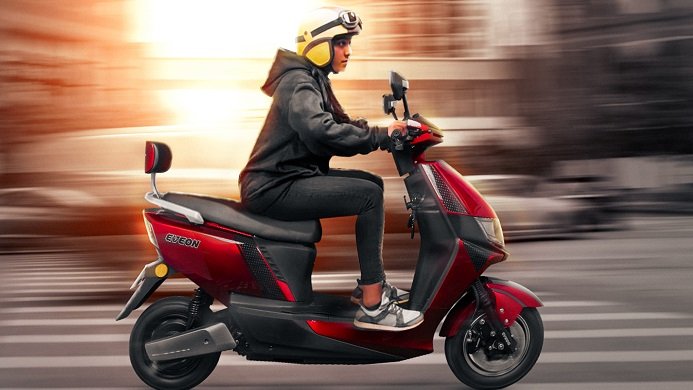Pakistan’s dream of widespread electric bike adoption has hit a roadblock as the government prepares to increase customs duty on EV bike parts. Components such as batteries, motors, chargers, and converters, which previously enjoyed just 1% import duty, may now be taxed at 30–35%.
This drastic shift is the result of the Engineering Development Board (EDB) failing to secure an extension for duty exemptions under the Auto Industry Development Policy (AIDP) 2021–26. The incentives, introduced on July 1, 2020, were meant to jump-start Pakistan’s EV bike sector.
Why the Duty Hike Matters?
For the past few years, the low tax regime fueled EV bike growth, making them affordable for students, delivery riders, and urban commuters. But with higher import duties, manufacturing costs will rise significantly, leaving companies with two choices: pass costs on to consumers or accept thinner profit margins.
Either way, prices of electric bikes are expected to surge, threatening adoption rates in one of Pakistan’s most price-sensitive markets.
Pakistan’s EV Policy at a Crossroads
This change comes despite the government’s ambitious targets outlined in the 2019 National EV Policy—aiming for 50% of two- and three-wheelers electrified by 2030 and 90% by 2040. To support this, the government had introduced tax breaks, financing options, and even quotas for women riders.
In June 2025, Pakistan launched its updated EV Policy (2025–30), allocating Rs. 100 billion in subsidies for electric bikes and rickshaws. The move was designed to cut fuel costs and reduce CO₂ emissions. However, the sudden spike in duties undermines these very goals.
The Road Ahead for EV Bikes in Pakistan
Industry experts warn that the duty hike could stall momentum at a critical stage. Without affordable imports, local assembly and scaling will suffer. Meanwhile, consumers already facing inflation may delay switching to EVs.
For now, the future of Pakistan’s electric bike revolution remains uncertain. Much depends on whether the government reconsiders the duty structure or offers alternate relief to manufacturers. If not, the ambitious EV adoption targets could face serious setbacks.






